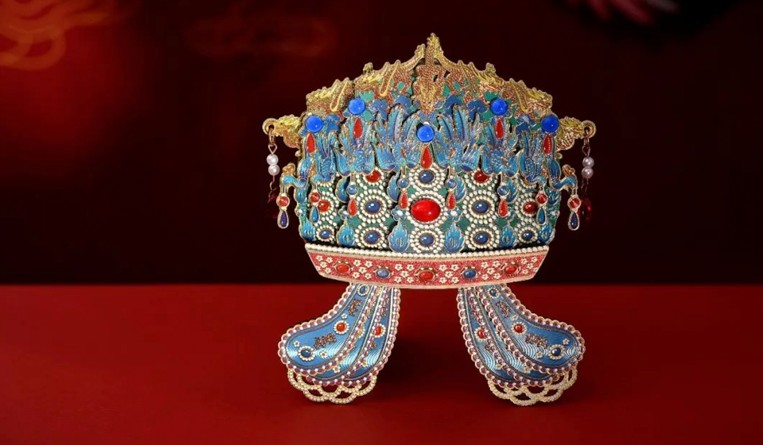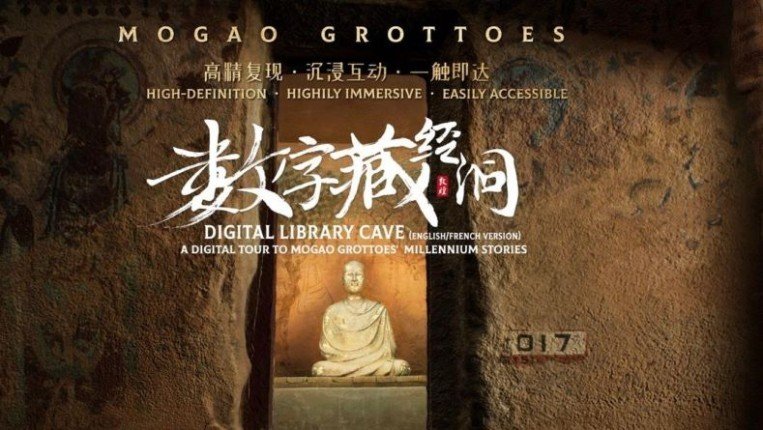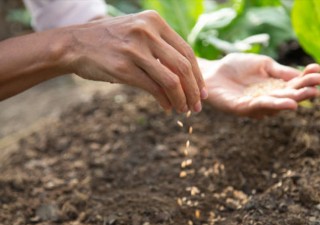The recent surge in popularity of cultural products, including the Phoenix Crown refrigerator magnets from the National Museum of China and the Tian Gong Zaojing magnets from the Beijing Ancient Architecture Museum, has captured the attention of consumers. Previously, acquiring these sought-after items required long waits in line, but a shift in purchasing protocol was announced on October 23, 2024.
Under the new system, visitors must make online reservations to secure their chance to buy these magnets. Only those with confirmed bookings can purchase from the museum’s gift shop, with a daily limit of 400 items available.
Each day at 10 a.m., a mini program updates the reservation slots three days in advance. However, visitors are often met with a message indicating that stock is insufficient, highlighting the intense competition for these popular cultural items. Yet, alongside the genuine products, a troubling trend has surfaced: counterfeit versions that mimic the originals.
As the demand for authentic cultural products grows, so does the prevalence of imitations. Investigations reveal that some sellers are marketing refrigerator magnets that closely resemble the original designs, claiming they are produced by the same manufacturer while avoiding questions about their authenticity. This practice not only misleads consumers but also undermines the hard work of creators who invest significant resources into developing original products.
The phenomenon of 山寨 (shān zài), or knockoff culture, has become a pressing issue in the cultural and creative sector. It highlights a chaotic environment where legitimate creators struggle to protect their intellectual property against opportunistic imitators who profit from their efforts.
The prevalence of knockoffs can be attributed to two main factors: consumer deception and intentional purchase. While some buyers mistakenly believe they are acquiring authentic items, others knowingly opt for these imitations due to lower prices and driven by a desire for specific cultural products. This behaviour not only undermines the market for genuine goods but also enables illegal operations.
Legal experts point out that the Anti-Unfair Competition Law in China prohibits the unauthorized use of distinctive names, packaging or designs that could confuse consumers. Such practices are not only unethical but also illegal, as they infringe on the rights of original creators and mislead consumers.
The implications of this issue extend beyond individual products. The rise of knockoffs threatens to distort market dynamics, making it essential for both consumers and creators to advocate for authenticity. Original product creators can pursue legal action against knockoff operators, while consumers can protect their rights under consumer protection laws.
“We often see counterfeit products in the market. When we ask the merchants who designed them or where they were produced, they usually say they don’t know. These issues are not caused by the digitization of cultural relics but by the widespread dissemination after digitization has exacerbated the problem,” said Wu Jian, a researcher at the Dunhuang Academy, in an article by Xinhua News.
Dunhuang Academy decided to tackle this problem by combining the digital resources of Dunhuang cultural relics with blockchain technology allowing for the “on-chain” verification of various processes such as material authorization, payment and downloads, ensuring that the authorization and usage of each piece of material can be verified. “This initiative achieves content traceability, verifiability and controllability, which helps regulate the circulation of Dunhuang culture and protect digital property rights,” said Ding Xiaohong, deputy director of the Digitalization Research Institute of the Dunhuang Academy.
In the application of this technology within the Digital Dunhuang Open Material Library, 448 murals, 9,409 materials and 697 manuscripts from six heritage sites, including the Mogao Caves in Dunhuang, the Yulin Caves in Guazhou and the Maijishan Grottoes in Tianshui, are all included. Each photo is accompanied by an academic introduction. The materials have also been categorized; for example, selecting the “Animals” option brings up various mural images of tigers, fighting cocks, flying cranes, white elephants and phoenixes.
- Cathy Li








